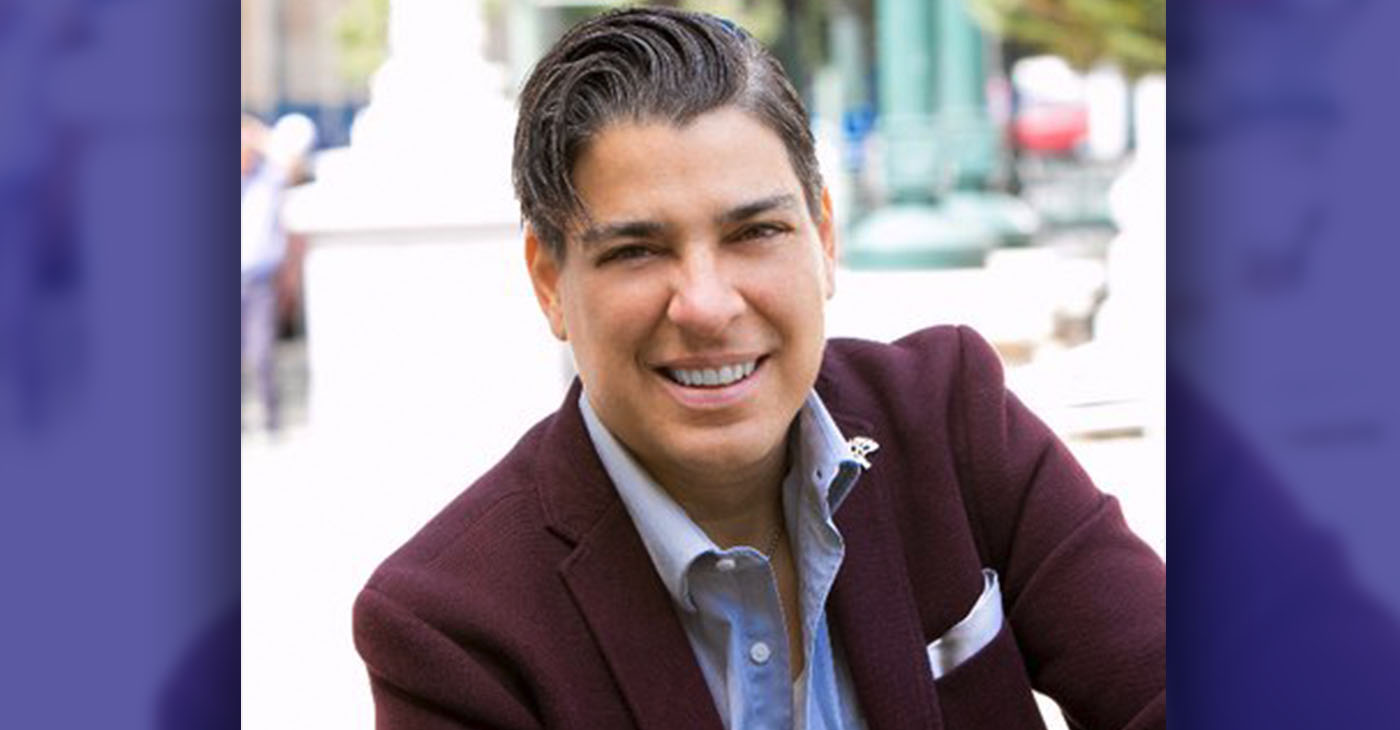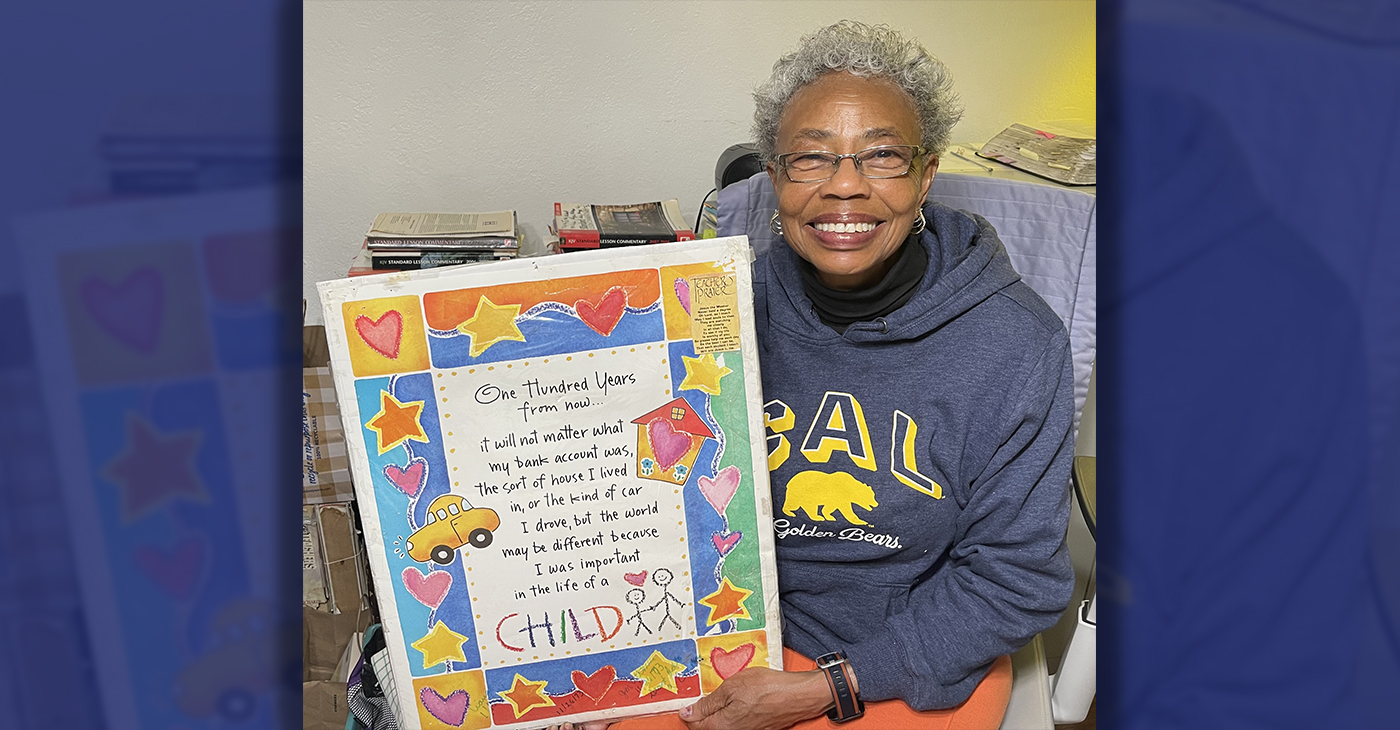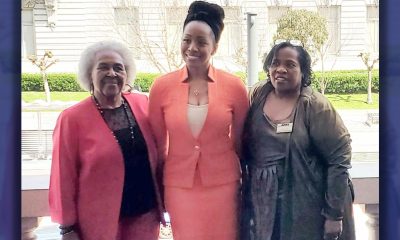Activism
OPINION: California Should Fund All Pending Homekey Projects to House the Homeless Now
In response to the mounting challenges around homelessness, California launched its Homekey program, allocating funding to local public agencies and community organizations to buy available buildings, which can be used to immediately house people (including dorms and hotels) and use available properties to develop a broad range of housing types for permanent and interim affordable housing. Yet, while there are many excellent projects pending which could house thousands of people – the State so far has left many unfunded.

By Rebecca Kaplan
California is facing a housing crisis with housing costs exceeding growth in wages, and inadequate housing supply, particularly for low-income households. In California, approximately 2.5 million low-income households lack adequate affordable housing.
The high cost of housing is a significant contributing factor to California’s homelessness crisis. This causes many challenges, as homelessness has long-term and serious consequences to people’s health and safety. As of the last point-in-time count, California has approximately 161,500 individuals experiencing homelessness, which represents 20% of the total homeless population in the country. This statistic is even more stark given that California’s overall population only represents 12% of the country’s total population.
In response to the mounting challenges around homelessness, California launched its Homekey program, allocating funding to local public agencies and community organizations to buy available buildings, which can be used to immediately house people (including dorms and hotels) and use available properties to develop a broad range of housing types for permanent and interim affordable housing. Yet while there are many excellent projects pending which could house thousands of people – the State so far has left many unfunded. In order to respond to the magnitude of the crisis we face – I introduced a resolution that was heard by the Oakland City Council on April 19. It urges the state to fund all pending Homekey applications.
The rising homeless crisis warrants a substantial and urgent response, commensurate with the magnitude of the crisis. Given that the state is anticipating a $45.7 billion surplus for the 2022–23 fiscal year, and $20.6 billion will be available for discretionary use, my resolution strongly urges the State of California to fund all pending Homekey Applications in order to promptly house people. With multiple pending Homekey applications awaiting awards statewide, a substantial number of individuals could be helped off the streets and into better facilities for a cost that would be a tiny fraction of the State surplus.
The state of California and the City of Oakland, and others, have declared that we are facing a homeless crisis, and lack adequate affordable housing. Oakland has sought to remedy this crisis by dedicating public lands and other resources to providing affordable housing. In that same vein, the City Council in December 2021 and January 2022 adopted resolutions that authorized the City Administrator to jointly apply for, accept, and enter into standard agreements as a local agency partner for funds from the State’s Homekey Program with several projects.
The State Homekey Program is currently in the process of awarding approximately $1.45 billion in grant funding to local public entities to sustain and rapidly expand housing for persons experiencing homelessness or who are at-risk of homelessness. State leaders should immediately increase the amount available now, to fully cover all pending projects (estimated to be a few hundred million more – a tiny fraction of the surplus).
Although the State of California has issued multiple Homekey awards to other jurisdictions, there are many excellent projects, both in Oakland and elsewhere, which have not yet been approved for funding. California needs to fully fund all Homekey projects in Oakland and throughout the state so we can bolster the fight to take people off the streets and give them the security of a home with a key.
Activism
Oakland Post: Week of April 17 – 23, 2024
The printed Weekly Edition of the Oakland Post: Week of April 17 – 23, 2024

To enlarge your view of this issue, use the slider, magnifying glass icon or full page icon in the lower right corner of the browser window. ![]()
Activism
Oakland Schools Honor Fred Korematsu Day of Civil Liberties
Every Jan. 30, OUSD commemorates the legacy of Fred Korematsu, an Oakland native, a Castlemont High School graduate, and a national symbol of resistance, resilience, and justice. His defiant stand against racial injustice and his unwavering commitment to civil rights continue to inspire the local community and the nation. Tuesday was “Fred Korematsu Day of Civil Liberties and the Constitution” in the state of California and a growing number of states across the country.

By Post Staff
Every Jan. 30, OUSD commemorates the legacy of Fred Korematsu, an Oakland native, a Castlemont High School graduate, and a national symbol of resistance, resilience, and justice.
His defiant stand against racial injustice and his unwavering commitment to civil rights continue to inspire the local community and the nation. Tuesday was “Fred Korematsu Day of Civil Liberties and the Constitution” in the state of California and a growing number of states across the country.
One OUSD school is named in his honor: Fred T. Korematsu Discovery Academy (KDA) elementary in East Oakland.
Several years ago, founding KDA Principal Charles Wilson, in a video interview with anti-hate organization “Not In Our Town,” said, “We chose the name Fred Korematsu because we really felt like the attributes that he showed in his work are things that the children need to learn … that common people can stand up and make differences in a large number of people’s lives.”
Fred Korematsu was born in Oakland on Jan. 30, 1919. His parents ran a floral nursery business, and his upbringing in Oakland shaped his worldview. His belief in the importance of standing up for your rights and the rights of others, regardless of race or background, was the foundation for his activism against racial prejudice and for the rights of Japanese Americans during World War II.
At the start of the war, Korematsu was turned away from enlisting in the National Guard and the Coast Guard because of his race. He trained as a welder, working at the docks in Oakland, but was fired after the bombing of Pearl Harbor in 1941. Fear and prejudice led to federal Executive Order 9066, which forced more than 120,000 Japanese Americans out of their homes and neighborhoods and into remote internment camps.
The 23-year-old Korematsu resisted the order. He underwent cosmetic surgery and assumed a false identity, choosing freedom over unjust imprisonment. His later arrest and conviction sparked a legal battle that would challenge the foundation of civil liberties in America.
Korematsu’s fight culminated in the Supreme Court’s initial ruling against him in 1944. He spent years in a Utah internment camp with his family, followed by time living in Salt Lake City where he was dogged by racism.
In 1976, President Gerald Ford overturned Executive Order 9066. Seven years later, the 9th Circuit Court of Appeals in San Francisco vacated Korematsu’s conviction. He said in court, “I would like to see the government admit that they were wrong and do something about it so this will never happen again to any American citizen of any race, creed, or color.”
Korematsu’s dedication and determination established him as a national icon of civil rights and social justice. He advocated for justice with Rosa Parks. In 1998, President Bill Clinton gave him the Presidential Medal of Freedom saying, “In the long history of our country’s constant search for justice, some names of ordinary citizens stand for millions of souls … To that distinguished list, today we add the name of Fred Korematsu.”
After Sept. 11, 2001, Korematsu spoke out against hatred and discrimination, saying what happened to Japanese Americans should not happen to people of Middle Eastern descent.
Korematsu’s roots in Oakland and his education in OUSD are a source of great pride for the city, according to the school district. His most famous quote, which is on the Korematsu elementary school mural, is as relevant now as ever, “If you have the feeling that something is wrong, don’t be afraid to speak up.”
Activism
WOMEN IMPACTING THE CHURCH AND COMMUNITY
Juanita Matthews, better known as “Sister Teacher,” is a walking Bible scholar. She moved to California from the great state of Arkansas in 1971. Sister Teacher has a passion for teaching. She has been a member of Bible Fellowship Missionary Baptist Church since 1971.

Sister Juanita Matthews
55 Years with Oakland Public School District
The Teacher, Mother, Community Outreach Champion, And Child of God
Juanita Matthews, better known as “Sister Teacher,” is a walking Bible scholar. She moved to California from the great state of Arkansas in 1971. Sister Teacher has a passion for teaching. She has been a member of Bible Fellowship Missionary Baptist Church since 1971. She followed her passion for teaching, and in 1977 became the lead teacher for Adult Class #6. Her motto still today is “Once My Student, Always My Student”.
Beyond her remarkable love for the Lord, Sister Teacher has showcased her love for teaching by working for the Oakland Unified School District for 55 years, all but four of those years spent at Emerson Elementary and Child Development School. She truly cares about her students, making sure they have the tools/supplies needed to learn either at OUSD or Bible Fellowship Missionary Baptist Church.
She’s also had a “Clothes Closet Ministry” for 51 years, making sure her students have sufficient clothing for school. The Clothes Closet Ministry extends past her students, she has been clothing the community for over 50 years as well. She loves the Lord and is a servant on a mission. She is a loving mother to two beautiful children, Sandra and Andre. This is the impact this woman of God has on her church and the community.
-

 Activism4 weeks ago
Activism4 weeks agoOakland Post: Week of March 27 – April 2, 2024
-

 #NNPA BlackPress4 weeks ago
#NNPA BlackPress4 weeks agoCOMMENTARY: D.C. Crime Bill Fails to Address Root Causes of Violence and Incarceration
-

 #NNPA BlackPress4 weeks ago
#NNPA BlackPress4 weeks agoFrom Raids to Revelations: The Dark Turn in Sean ‘Diddy’ Combs’ Saga
-

 #NNPA BlackPress4 weeks ago
#NNPA BlackPress4 weeks agoMayor, City Council President React to May 31 Closing of Birmingham-Southern College
-

 #NNPA BlackPress4 weeks ago
#NNPA BlackPress4 weeks agoBaltimore’s Key Bridge Struck by Ship, Collapses into Water
-

 #NNPA BlackPress4 weeks ago
#NNPA BlackPress4 weeks agoBeloved Actor and Activist Louis Cameron Gossett Jr. Dies at 87
-

 Community1 week ago
Community1 week agoFinancial Assistance Bill for Descendants of Enslaved Persons to Help Them Purchase, Own, or Maintain a Home
-

 Activism3 weeks ago
Activism3 weeks agoOakland Post: Week of April 3 – 6, 2024


















































